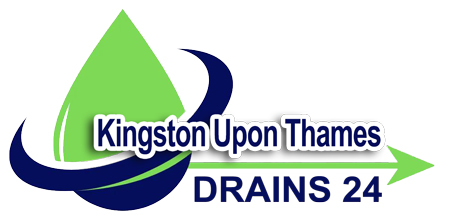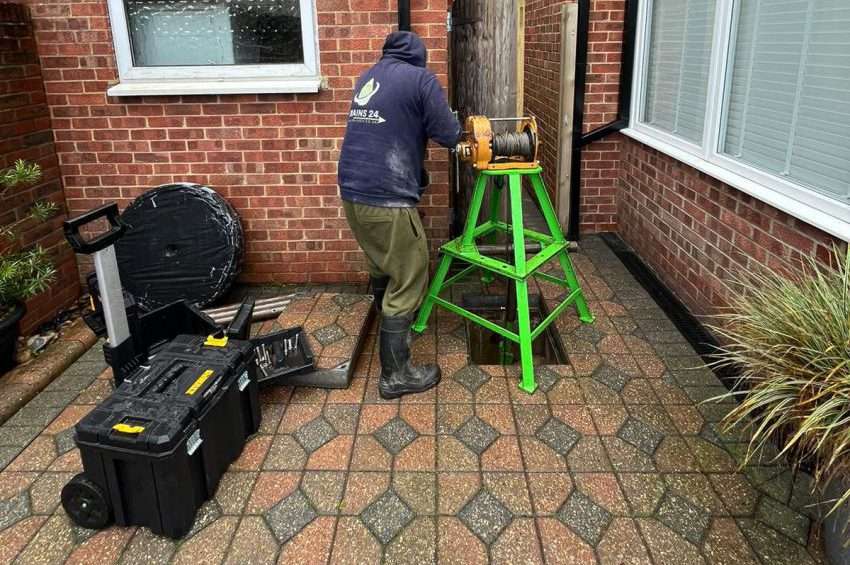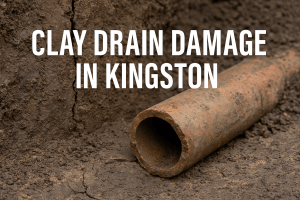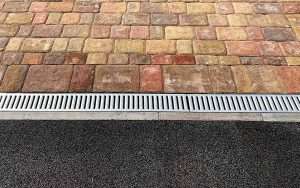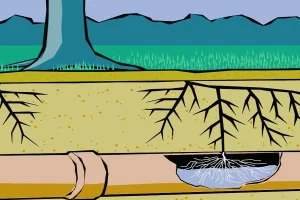When you notice slow drains, gurgling sounds, or water pooling outside, your first thought might be an expensive excavation. Fortunately, CIPP drain lining Kingston homeowners trust provides a modern, non-disruptive solution that restores damaged pipes without digging up gardens or driveways.
What Is CIPP Lining and How Does It Work?
Cured-In-Place Pipe (CIPP) lining is a trenchless rehabilitation technique used to repair existing drainage systems from within. The process involves:
- Inspection: A CCTV drain survey is carried out to identify the problem.
- Preparation: Drains are cleaned with high-pressure jetting to remove scale and blockages.
- Installation: A resin-soaked liner is inserted into the damaged pipe and inflated to fit perfectly against the pipe walls.
- Curing: Heat or UV light hardens the resin to form a smooth, durable new pipe within the old one.
- Final Inspection: A second CCTV survey confirms the repair is complete and free from defects.
This seamless process means minimal disruption to your property and faster turnaround times.
Why Homeowners in Kingston Prefer CIPP Drain Lining
1. No Excavation Required
Traditional repairs involve digging through driveways and lawns, often leading to additional restoration costs. CIPP drain lining Kingston eliminates that mess entirely.
2. Long-Term Durability
A lined pipe can last up to 50 years when installed correctly. The liner forms a corrosion-resistant, root-proof barrier that strengthens the entire system.
3. Faster Completion and Lower Cost
Repairs that once took days now take hours. You save money on labour and avoid paying for surface repairs after excavation.
4. Environmentally Friendly
CIPP lining uses less equipment, reduces waste, and minimises disturbance to the surrounding landscape.
When Should You Consider CIPP Drain Lining?
If you notice any of the following signs, a CCTV drain survey can determine if CIPP lining is appropriate:
- Recurring blockages in the same area
- Slow drainage or gurgling noises
- Damp patches or subsidence in your garden
- Root intrusion visible in the drain camera
- Cracked or deformed pipes on older properties
These are early warnings that shouldn’t be ignored. Prompt repair prevents wider damage and costly excavations.
The CIPP Lining Process — Step by Step
1. Drain Inspection and Survey
Our team performs a detailed CCTV inspection to assess pipe condition and determine the extent of damage.
2. Drain Jetting and Descaling
Before lining, pipes are cleaned with high-pressure jetting to ensure a smooth surface for the resin liner. Learn more about our drain jetting service.
3. Liner Insertion and Curing
The liner is inserted through existing access points and inflated to fit the pipe. Hot water or UV light is used to cure the resin.
4. Final CCTV Survey
We verify the installation using CCTV footage to ensure the pipe is perfectly lined and ready for use.
The Local Difference — Why Choose Kingston Upon Thames Drains24
- 24/7 availability for emergencies
- Fully certified and insured technicians
- Competitive pricing with no hidden fees
- Friendly local team that understands Kingston’s unique soil and drainage challenges
- Free quotes and CCTV assessments available
Prevention Tips After CIPP Lining
Once your drain is lined, maintain it with regular checks:
- Schedule annual CCTV drain surveys
- Avoid flushing wipes or grease down drains
- Use biodegradable cleaners to reduce pipe corrosion
- Book seasonal drain maintenance before winter rain
CIPP Lining FAQs
Q1. How long does CIPP lining take?
Most projects are completed within a single day, depending on pipe length and accessibility.
Q2. Is CIPP lining suitable for all pipe types?
Yes, it works with clay, concrete, PVC, and cast-iron drain systems.
Q3. How long will a lined drain last?
Up to 50 years with proper maintenance and regular inspections.
Q4. Can I stay at home during repairs?
Absolutely — the process is quiet, clean, and requires no digging.
Q5. What does CIPP stand for?
Cured In Place Pipe — a method that creates a new pipe inside the old one.
